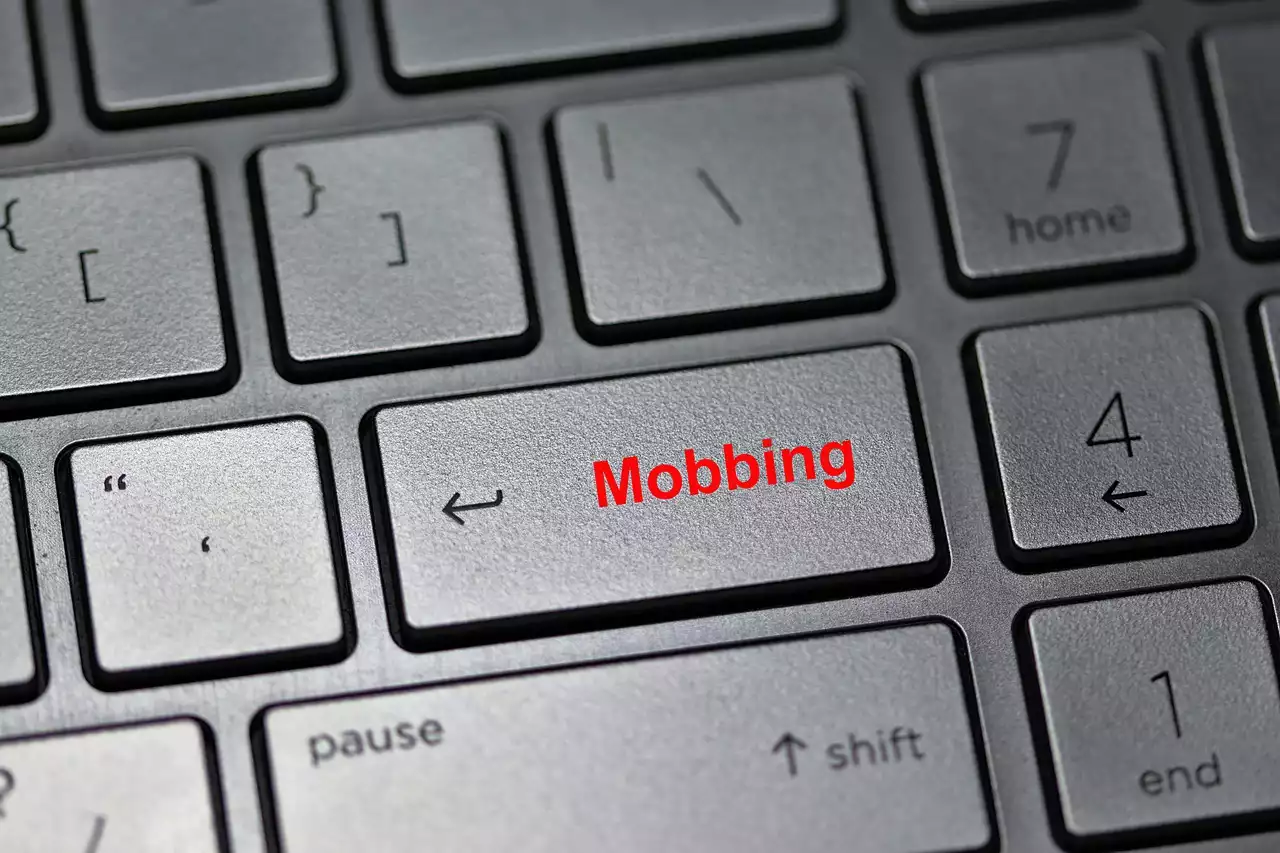Cyber-bullying is a form of bullying that is especially prevalent online. Cyber-bullying involves online harassment, bullying, and intimidation, which is most often carried out through social media. Cyber-bullying is a growing problem in the United States, and it is a serious concern for parents and educators. Cyber-bullying can have a profound impact on children’s mental health and has been linked to suicidal behaviors.
Particularly in the past year, cyber-bullying has been a hot topic. The hashtag “Me Too” was created to call attention to the prevalence of sexual harassment and assault. Celebrities such as Lady Gaga, Ashley Judd, and Alyssa Milano have also used the hashtag to share their own stories about sexual harassment and assault. These powerful stories have brought attention to the effects of sexual harassment, and how we can all do more to prevent it.
The topic of cyber-bullying has also brought attention to the harmful effects of cyber-bullying. In particular, cyber-bullying can have a significant impact on a child’s mental health. Cyber-bullying can cause children to feel isolated and insecure, which can lead to a variety of mental health problems. In this article, we’ll explore the signs of cyber-bullying, as well as how to recognize and prevent it.
What is cyber-bullying?
The most common forms of cyber-bullying are harassment and intimidation. Harassment involves repeatedly sending harassing messages, posting offensive materials, or otherwise repeatedly annoying or embarrassing another person online. Intimidation involves making threats, posting offensive materials, or otherwise repeatedly frightening or frightening another person online. Cyber-bullying can also involve the use of technology to stalk or spy on a victim. This could involve hacking into a victim’s account, or tracking a victim’s online browsing habits. Cyber-bullying can take many forms, but it’s important to remember that cyber-bullying is bullying that is aggravated by technology.
Who commits cyber-bullying?
Cyber-bullying can happen to anyone, regardless of their age, gender, race, or socioeconomic status. It can happen to anyone who uses a computer or smartphone, or uses social media. Harassment and intimidation often occur in anonymous online chat rooms and online gaming communities. Adults, children, parents, and even teachers can commit cyber-bullying. Cyber-bullying can happen by anyone, but it is often committed by someone who already displays signs of being insecure, aggressive, or socially isolated. This can include children who frequently bully others, or have conduct, attitude, or language problems at school. It can also include children who often bully others, while also displaying anti-social behavior at home.
Signs of cyber-bullying
Children often don’t recognize that they are being bullied, and they may not know that it is a problem. Some signs of cyber-bullying include:
-Excessive worry about being bullied online
-Withdrawal from friends and family
-Cutting or changing self
-Isolating themselves from others
-Eating or sleeping too much or too little
-Withdrawal from school or other activities
-Refusing to go to school/clubs
-Withdrawal from life
-Losing interest in favorite activities or hobbies
-Thinking about suicide
-Changes in school performance, conduct, or attitude
Tips for parents on preventing cyber-bullying
It’s important to talk to your children about cyber-bullying. Make it clear that bullying in any form is unacceptable behavior and should not occur. If you suspect your child may be experiencing cyber-bullying, speak to them directly. Teasing is often an indicator that you are being bullied, so it’s important to address the behavior immediately. Make it clear to your child that you won’t tolerate harassment or intimidation, and that you will take any necessary steps to address the behavior. If you feel uncomfortable addressing the behavior, consult with a medical professional or mental health professional. We also recommend that parents monitor their children’s online activities. Be careful about who your child interacts with online, and who your child shares their personal information with online. Ask your child to be careful about what information they share online, and avoid allowing your child to share their personal information online without your permission. If you suspect your child is being cyber-bullied, talk to them about the behavior.
Summary
Cyber-bullying is an increasingly prevalent problem in today’s world. It can happen to anyone, regardless of their age, gender, race, or socioeconomic status. It can happen to anyone who uses a computer or smartphone, or uses social media. Cyber-bullying can range from harassment to intimidation, and can include the use of technology to stalk or spy on a victim. Cyber-bullying often happens in anonymous online chat rooms or online gaming communities. It can also involve the use of technology to stalk or spy on a victim. Cyber-bullying can take many forms, but it’s important to remember that cyber-bullying is bullying that is aggravated by technology. Parents should talk to their children about cyber-bullying and make it clear that bullying in any form is unacceptable behavior and should not occur. If you suspect your child may be experiencing cyber-bullying, or if they tell you they have been cyber-bullied, speak to them directly. Teasing is often an indicator that you are being bullied, so it’s important to address the behavior immediately. Make it clear to your child that you won’t tolerate harassment or intimidation, and that you will take any necessary steps to address the behavior. Monitor your child’s online activities, and ask them to be careful about what information they share online, and avoid allowing your child to share their personal information online without your permission.


 How AI is Transforming SEO and Content Optimization
How AI is Transforming SEO and Content Optimization
 Everything You Need to Know About the Seven Sisters Star
Everything You Need to Know About the Seven Sisters Star Prozac, the Most Widespread Anti-Depressant
Prozac, the Most Widespread Anti-Depressant Social Media and Politics on the Internet
Social Media and Politics on the Internet